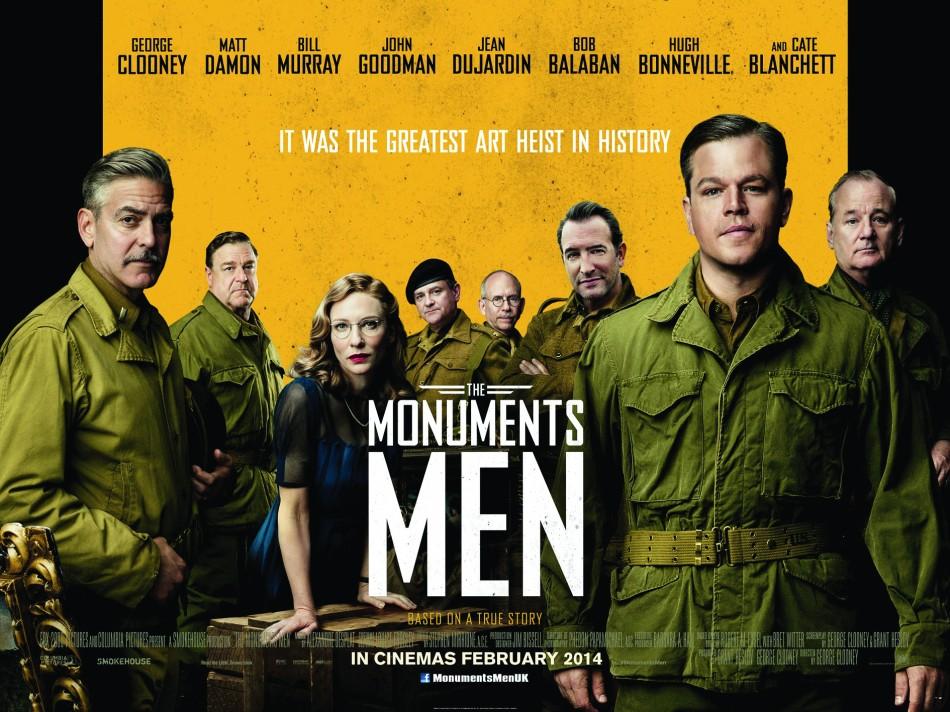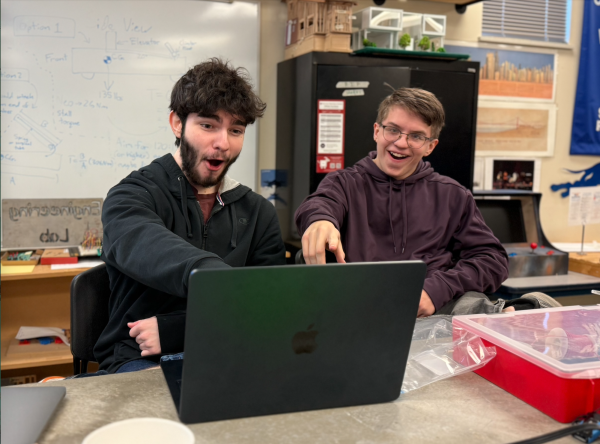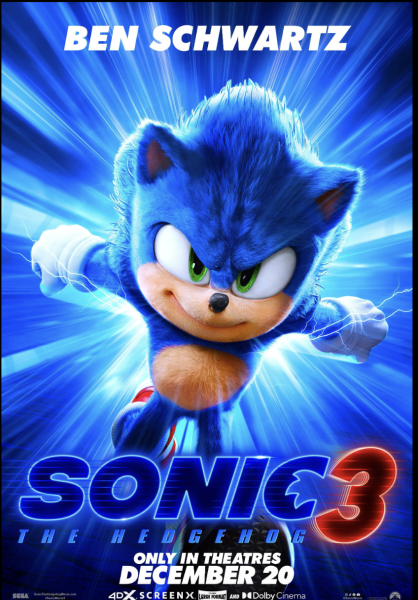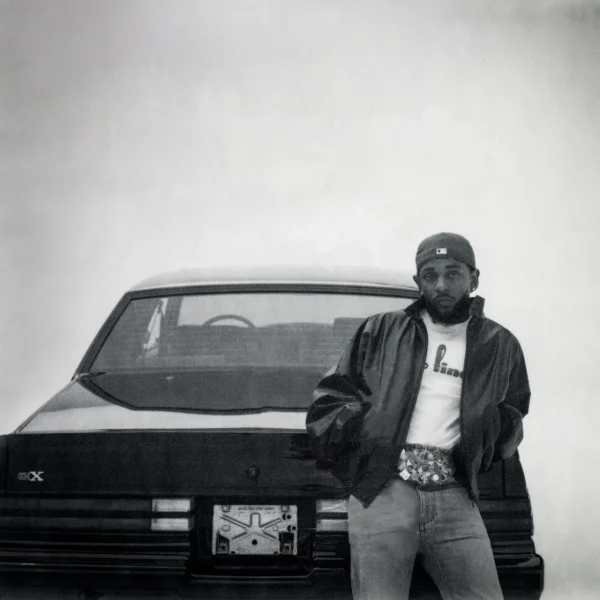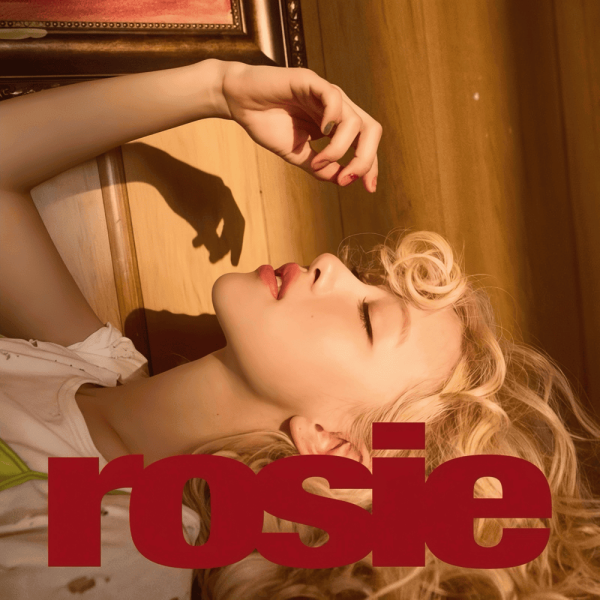The Monuments Men Review: Sculpture and Shrapnel
What makes up a culture?
Is it language? Â History? Â Geography? Â Is culture something that is finite, that can be destroyed with enough incinerators and enough hatred? Â Or is it something more untouchable than that–is culture a force, a state of mind?
In The Monuments Men, written, directed, and produced by George Clooney, a platoon of eight men attempts to answer this question while in pursuit of Europe’s stolen art.
The film, based on Robert M. Edsel’s book of the same title, follows the true story of an American unit charged with defending Europe’s art from destruction as collateral damage at the hands of Allied and Central forces and recovering pieces already looted by the Nazis in attempt to create a Fuhrer Museum.
Two [pieces] become central to the unit’s mission and the plot: Michelangelo’s Madonna and Child and the Ghent cathedral’s famous altarpiece.
At the beginning of the film, the leader of the endeavor, Frank Stokes, played by George Clooney, sends his men out with the imperative to remember that no piece of art is worth a human life.
However, as an increasing number of Monuments Men fall in their pursuit of these masterpieces, the unit must question the validity of that statement.
In a beautiful monologue, Stokes voices that realization that art is not a side effect or a casualty of culture. Â Instead, art is culture. Â Art, as Stokes says, embodies the entire history of a people. Â Art reveals the innermost depths of desire, belief, and spirituality of a community. Â Most of all, art–or the collection of human creations–is the heart of any group of people.
The Monuments Men discover in their mission that what they are fighting to defend is the ember that will reignite the flame of civilization so near destroyed by World War Two.
However, while the heart of the film–its story–is a powerful look into hope and redemption during a period of unthinkable violence, The Monuments Men unfortunately does fall short in some essential aspects.
The cast is made up of eight core characters split up into pairs and sent on four different missions across Europe.  While this allows for a greater number of storylines, the plot is ultimately stretched thin until it’s difficult for the audience to distinguish the true climax or mission of the film.  Some of the characters, again due to the large cast size, are underdeveloped, only expressing a few disjointed monologues paired with a handful of anecdotes.
Clooney’s dialogue also encounters a few jagged moments, especially at the film’s opening, sometimes resembling superb one-liners hooked together with weak conversation.
Ultimately, however, while The Monuments Men certainly encounters a few technical failures, it succeeds at delivering a stunning portrayal of the fight to preserve a culture’s artistic and emotional masterpieces, and it asks its audience to redefine the relationship between art and humanity itself.
A $50 or more donation includes a subscription to the Clayton High School Globe 2024-2025 print news magazine.
We will mail a copy of our issues to the recipients of your choice.
Your donation helps preserve the tangible experience of print journalism, ensuring that student voices reach our community and that student democracy thrives.

Gwyneth Henke joined the Globe during her sophomore year. She was the co-Feature and Review section editor during her junior year, and is the current co-editor in chief in her...


